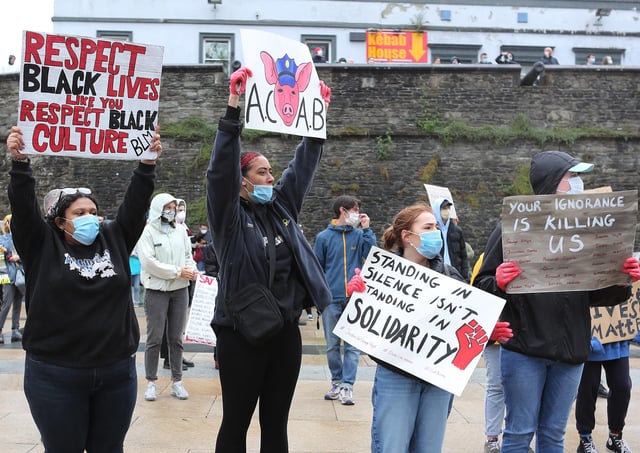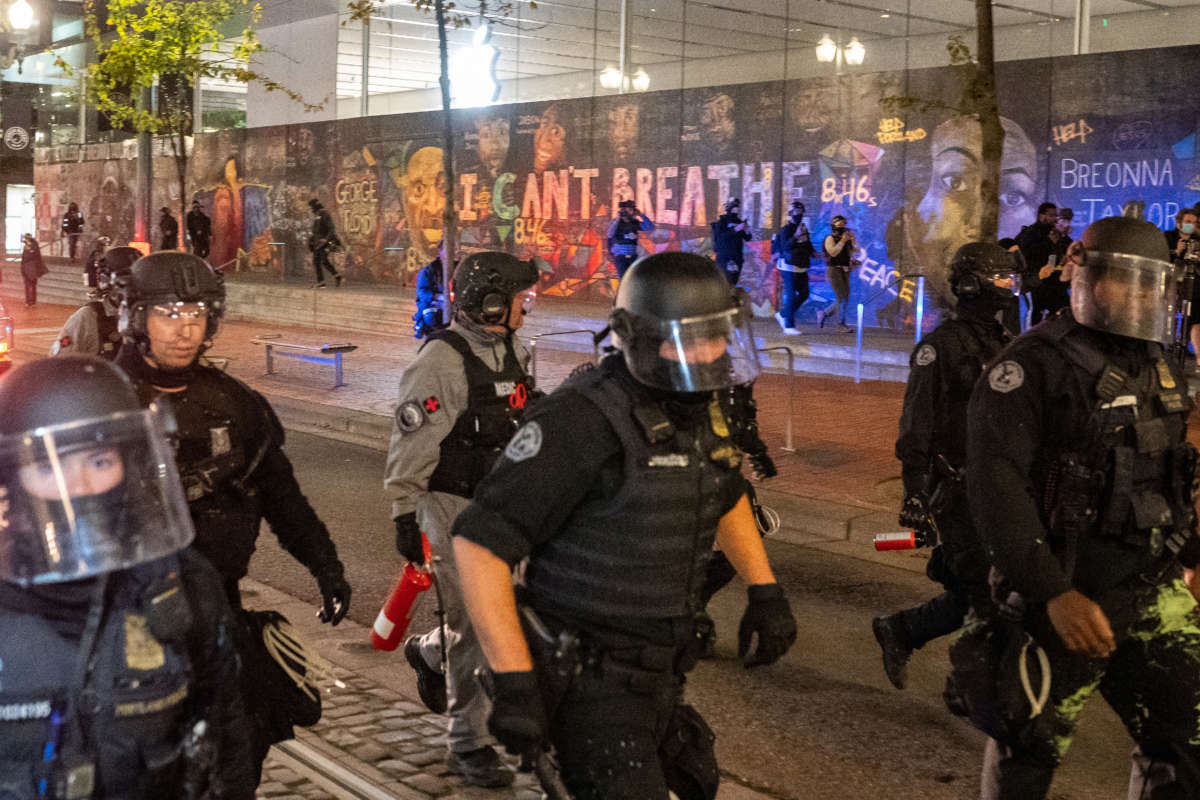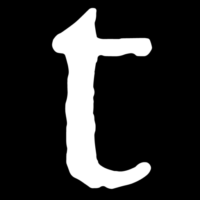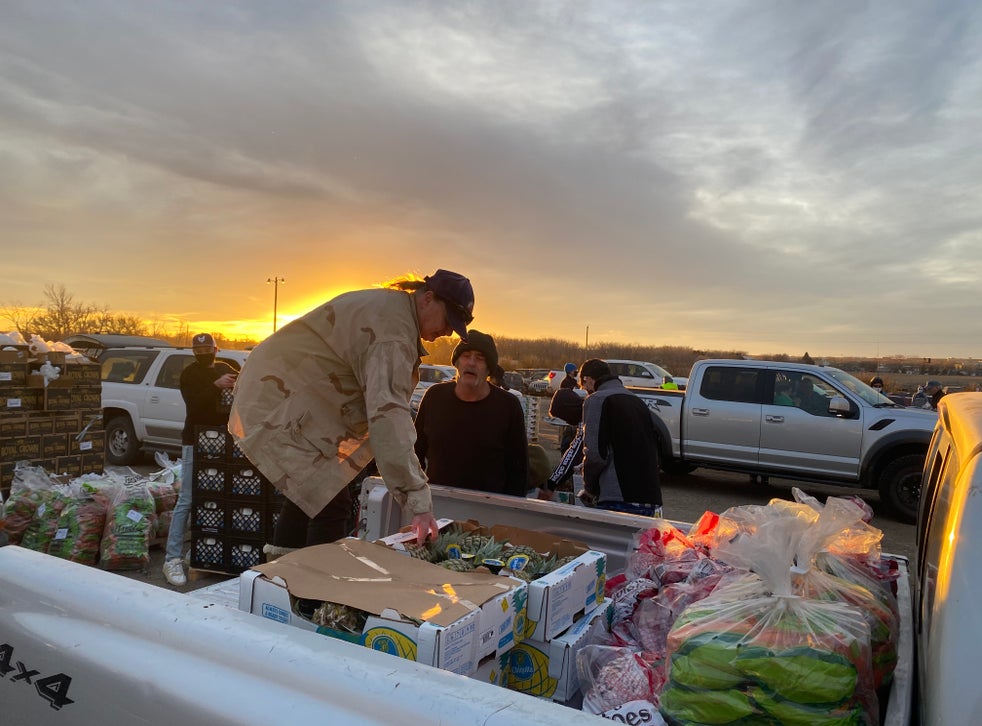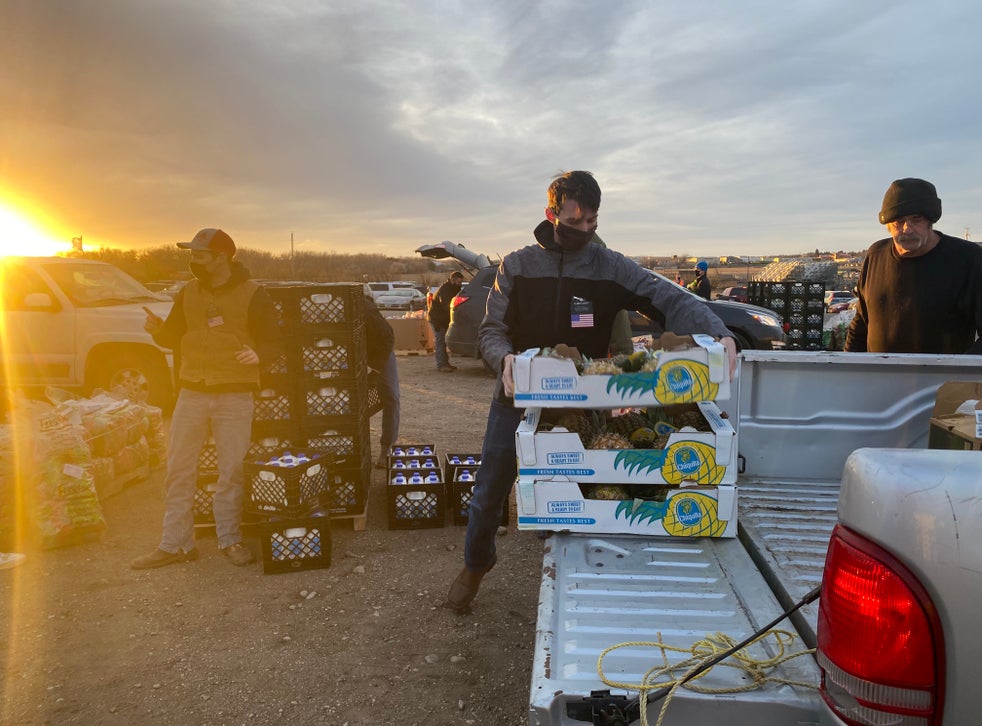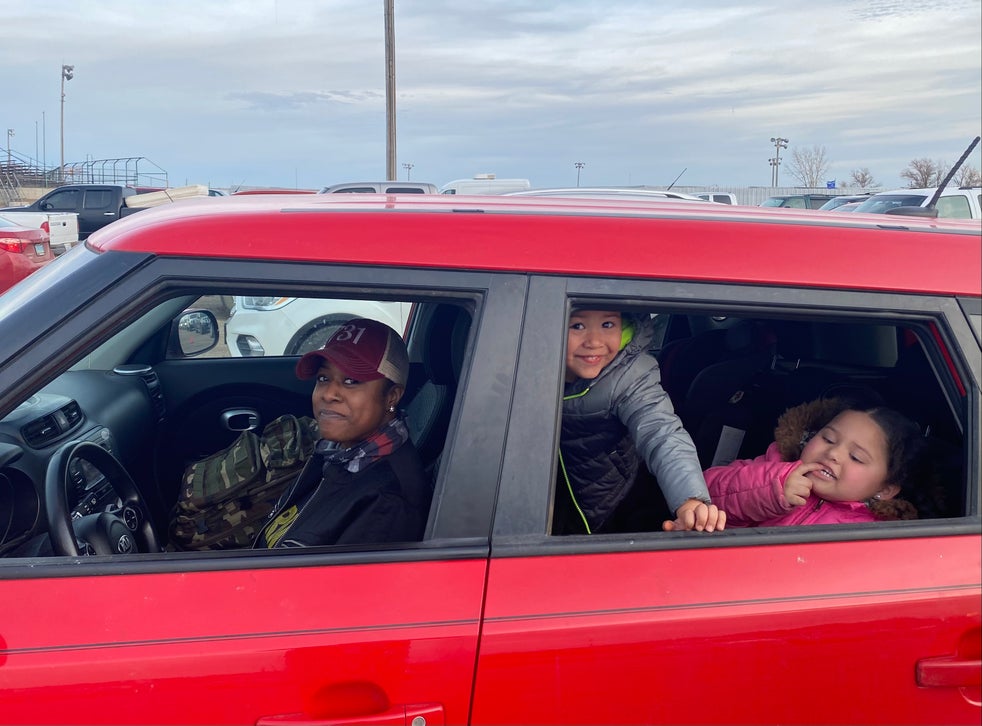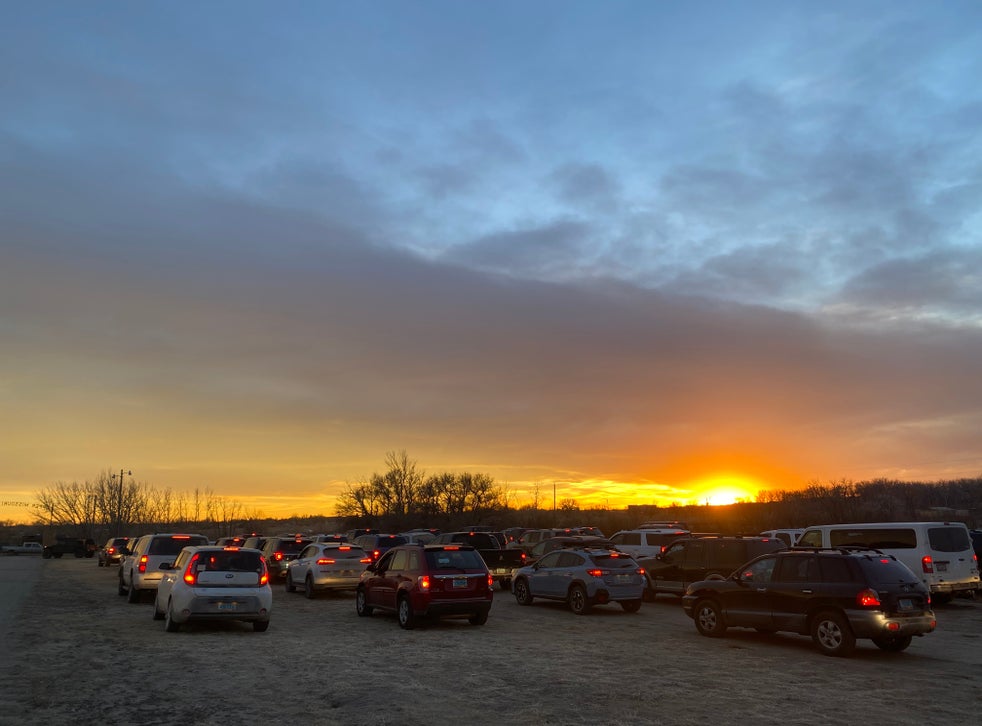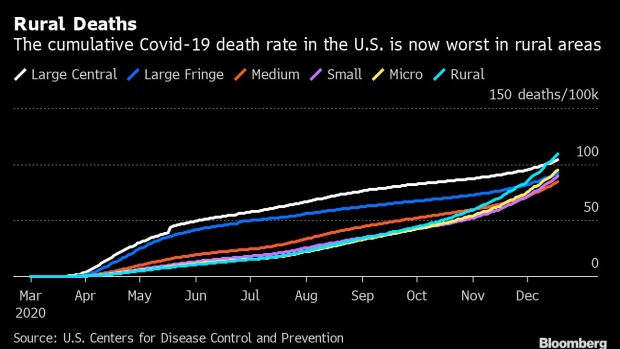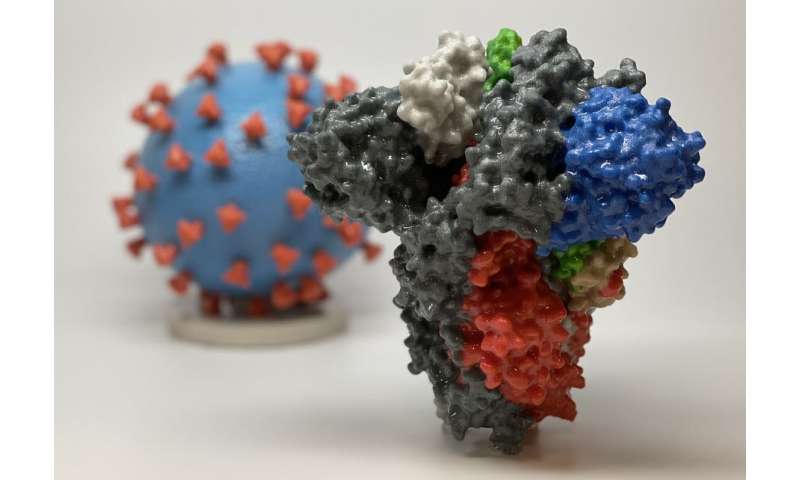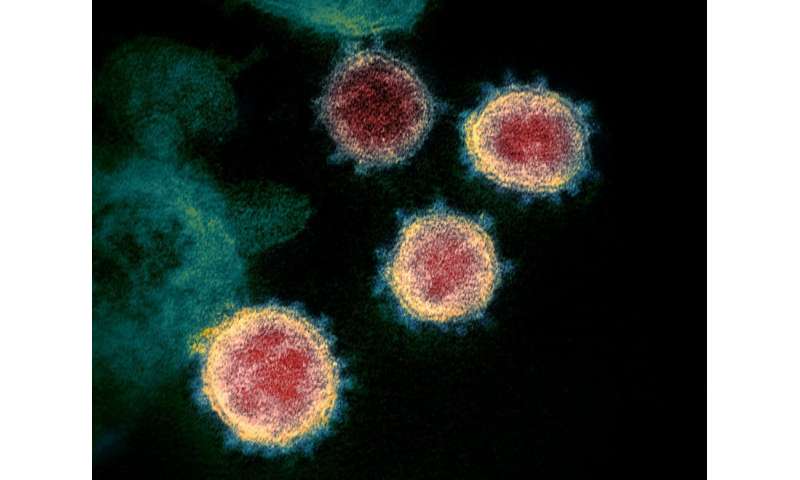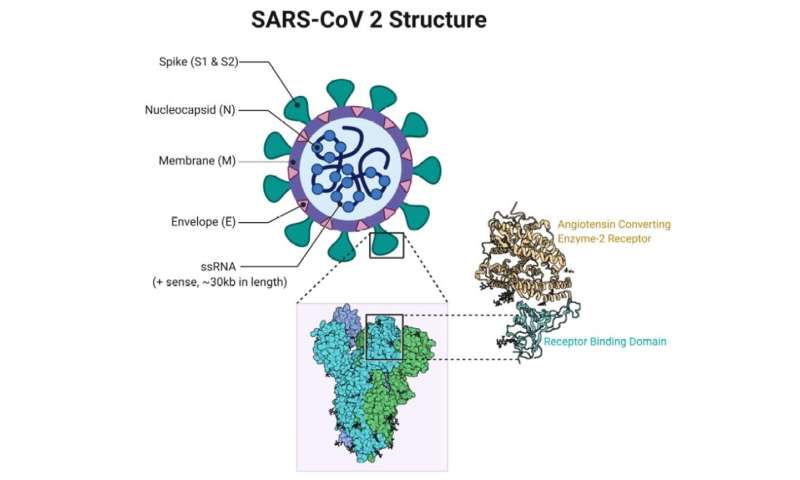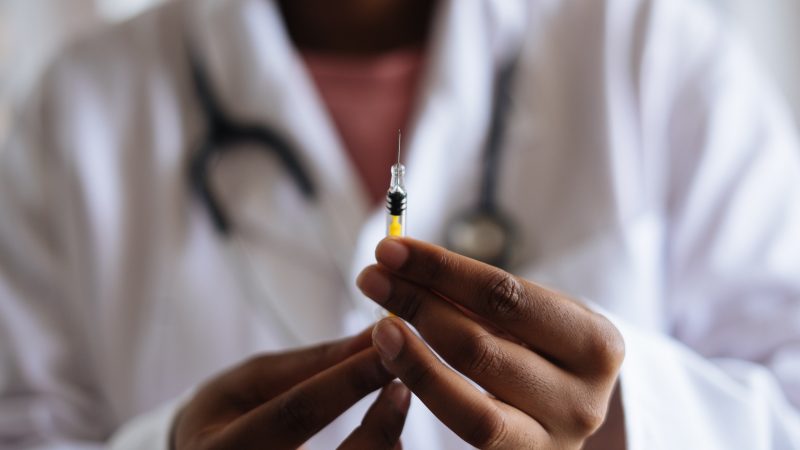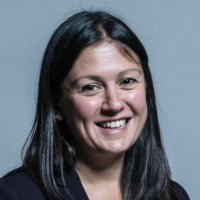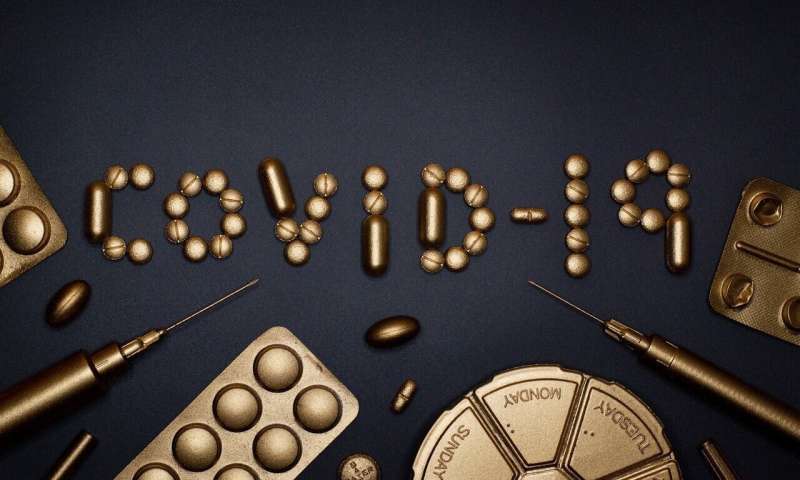Only 1 in 3 Brits Think Black Lives Matter Protests Were Positive for the UK
But according to the results of a YouGov survey shared with VICE World News, half of Britons have a favourable view of the Black Lives Matter.
By Ruby Lott-Lavigna
23.12.20

BLM DEMONSTRATORS MARCH IN LONDON IN JULY.
Half of Britons have a favourable view of the Black Lives Matter movement, but only a third say this year’s protests had a positive impact on the UK, according to a YouGov survey shared exclusively with VICE World News.
In 2020, the killing of George Floyd by a white police officer in Minneapolis reignited the Black Lives Matter movement, sparking anti-racism protests across the world. In the UK, millions took to the streets and marched.
Policing of Black Lives Matter Protests in the UK Was 'Institutionally Racist', Report Says
RUBY LOTT-LAVIGNA 11.11.20
But 45 percent have never heard of Breonna Taylor, a 26-year-old Black woman who was shot in her apartment by police looking for someone else entirely.
Discussion around racism has risen thanks to the movement, according to the survey.
Thirty-four percent of Britons have discussed racism with a relative since the protests, while 3 in 10 have discussed racism more with friends from the same ethnic background. Fewer, however, have discussed racism with a friend of a different race – only one in five. Young people and BAME people – a UK designation meaning Black, Asian and minority ethnic – are more likely to have discussed racism with friends and family.
The results come at a time where more scrutiny has been placed on racism across the UK. Earlier this month, Millwall Football Club fans booed while players took the knee – a sign of solidarity shown by players in light of the BLM protests. When asked about fans’ behaviour, Cabinet minister and Conservative MP George Eustice told Sky News that “obviously the issue of race and racial discrimination is something that we all take very, very seriously,” but that “Black Lives Matter – capital B, L and M – is actually a political movement that is different to what most of us believe in, which is standing up for racial equality.” His remarks were condemned by anti-racism groups.
A spokesperson for Black Lives Matter UK told VICE World News: “The BLM protests in the summer of 2020 were the largest anti-racist mobilisations in British history. We are encouraged that more people than ever are thinking and talking about anti-racism. However, with the hostile environment, institutionally racist policing and a likely recession in the coming months, there is still a lot of work to be done.”
World News
More and More Cops Are Working in London Schools
RUBY LOTT-LAVIGNA27.11.20
Nick Treloar, research analyst for anti-racism charity Runnymede Trust, said: “The trend this year has been a positive one with more awareness around issues of racial inequality. The tragic murder of George Floyd and the Black Lives Matter movement has forced people to sit up and listen.”
“However, in terms of actual action that will save lives and make society more equal, this has been sorely lacking,” he added. “In the UK for example, a disproportionate number of BME people continue to die from COVID. 2020 has been a seminal moment for shining a light on racial inequalities, but we can not allow, in 2021, the goodwill that has been built up, nothing to change and let racism continue to plague Black and ethnic minority individuals from cradle till grave.”

